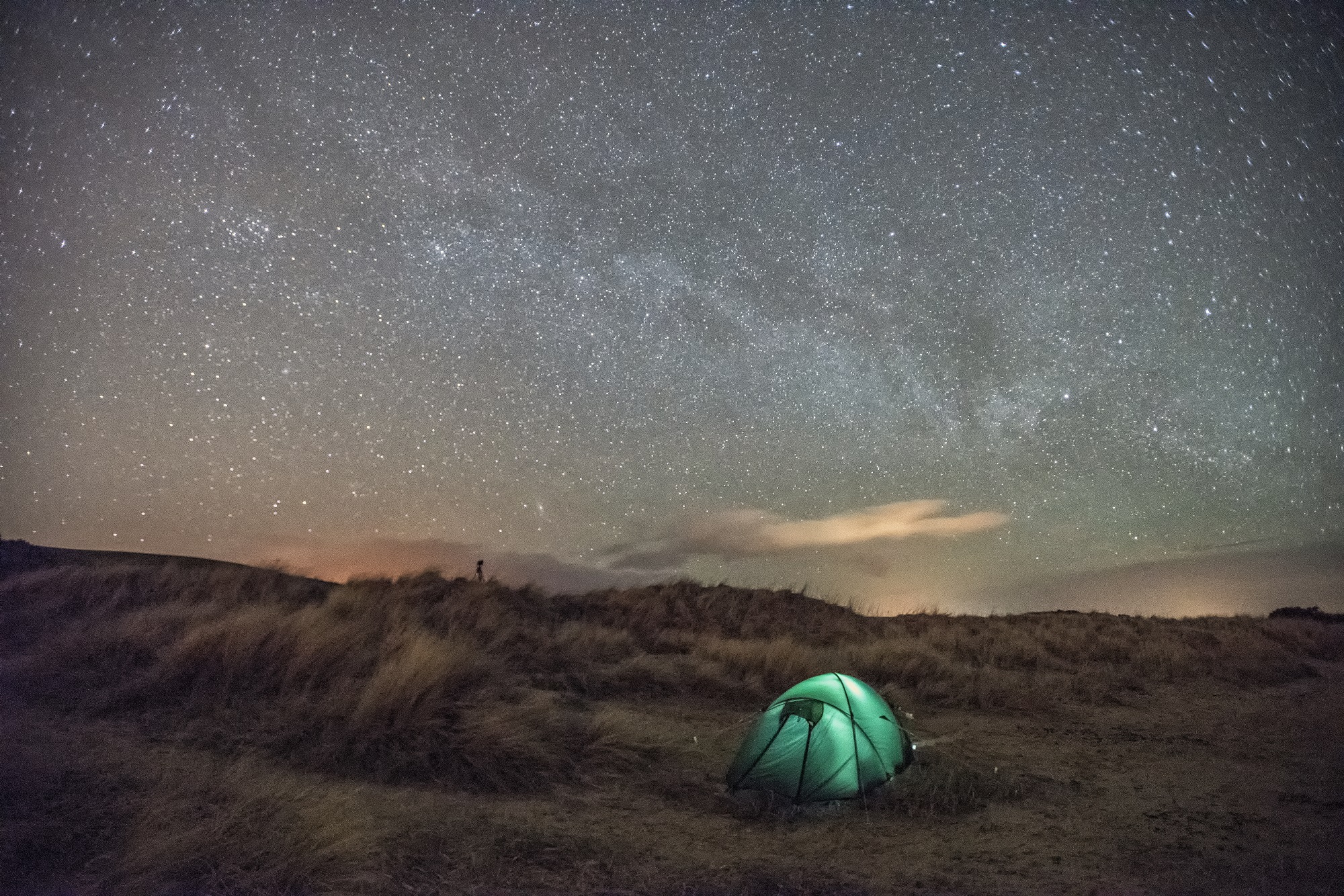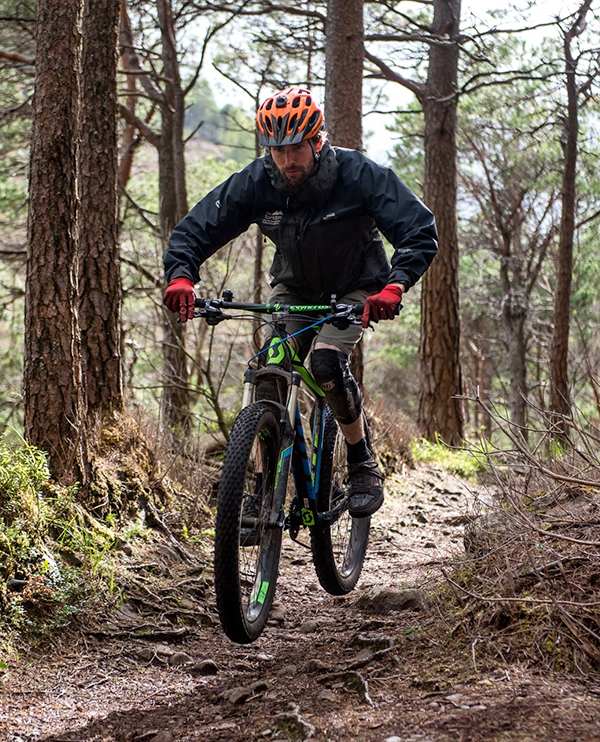Searching for the northern lights on the NC500
Have you been lucky to encounter the northern lights, also known as the Aurora Borealis? Want to know how to increase your chances of spotting the northern lights on the NC500?
We spoke to Graham Bradshaw, a landscape photographer who has a passion for mountains and night photography, for some tips and advice on how you can capture this magical phenomenon! Check out his 8 stage process below.

Graham Bradshaw: Achnahaird Beach, March 2017
Northern Lights on the NC500
I first saw the Northern lights on February 27th, 2014. I was lucky, as I had only really started searching for them the previous month, and on the 27th of February a massive geomagnetic storm hit, which rewarded me with my first views and first photos of the aurora.
At the time I thought they were amazing. Looking back now though, they were woefully underexposed, not very well composed, and I didn’t really reflect just how active the aurora was. However, I was hooked and that was what really mattered. I have seen the lights many times since. In fact, I go out of my way to see them and every time I do, it is a really special experience. There is not a lot you can really compare it to.
I moved from Glasgow to the small former fishing village of Avoch on the Black Isle at the end of 2001 through work and have been here ever since. A significant life event allowed me to re-evaluate my priorities in 2013, which led to me buying an entry level DSLR camera and starting to get out and about in the beautiful Highlands of Scotland and learning how to shoot properly. I’ve always had a thing about night photography and the Milky Way, so whenever the conditions are right and I’m available I like to get out and see what I can capture in the night sky. You would be surprised between September and April just how often there’s a whiff of aurora present, even when there is none forecast.

Graham Bradshaw: Cromarty Firth March 2016
8 Stage Process
In terms of aurora hunting, to give yourself the best possible chance of seeing it, I recommend you take a leaf out of my book and follow my 7 stage process to give yourself the best chance of capturing this amazing sight:
1. Look for nights with a high chance of activity. Take advantage of one of the apps or webpages available. http://www.aurora-service.eu/aurora-forecast/ gives a 3 day forecast of likely activity and a real time monitor of what should be happening above your head.
2. Look for clear sky around Scotland on a high activity night. Without a clear sky, there’s no way the aurora will be visible, so look for clear or a partially cloudy sky on one of the many weather apps around.
3. Find a place with an unobstructed view north. Coastlines are good for this, or the tops of hills, but if the show is strong enough it will be overhead anyway.
4. Get away from light pollution and into the country. If there are city or town lights around, make sure they are not in the north. The strong light from towns will drown out the aurora. Also, little or no moon is also best. Keep an eye on moon rise/set times and the phase of the moon to get an idea of how much of an influence it’s likely to have. The less moon, the better!
5. Let your eyes adjust to the dark and wait as long as you can. If you are lucky, the show will be in progress. If you are unlucky, you will wait all night without seeing a thing. It is not an exact science and you will need to expect a fair bit of failure.
6. Take periodic photos north. The camera picks up the aurora way better than your eyes will ever be able to. Even if you cannot see anything, take a photo north. You might be pleasantly surprised. I often have been!
7. Make sure you know your camera settings. Focus on infinity before you go out and do not adjust thereafter. Open the aperture as wide as possible and use a high ISO – the higher the better if your camera can support without too much noise. Do not expose for more than 20 seconds or any stars will start to trail. Check the histogram. Often what looks great on your screen in the middle of the night is woefully underexposed when you get it back to the PC. Try to expose so that at least the lower half of the histogram is filled.
8. These are long exposures, and you will need a tripod to keep your camera still. Handheld is just not going to work – trust me.
Clothing & Equipment
Finally, wear something warm! You have no idea how cold it gets at night, especially in winter on top of a mountain. I will often take my tent to shelter in, only coming out every 30 minutes or so to see if activity has started.
I have come a long way since 2014. When I go out for the night now I usually travel with a few cameras to give myself the best chance of capturing good images, along with my tripod, tent, a really warm sleeping bag, warm clothes and a jacket, along with a stove food, torches etc. Everything I need to survive a potentially very cold night relatively intact.
Graham’s recommended locations
In terms of good locations for spotting the northern lights on the North Coast 500, the following are popular and give good views north:
- Alturlie Point near Inverness
- Chanonry Point, Fortrose
- Portmahomack and Tarbat Ness, Easter Ross
- Sinclair Bay, Caithness
- Duncansby Head, John O’Groats
- Anywhere on the North Coast
- Lochinver and Assynt
- South Loch Torridon

Graham Bradshaw: Beinn Alligin and Loch Torridon, April 2016
I am really lucky to live in a pretty central location in the north of Scotland, where within 2 hours drive I can be pretty much anywhere in the north and much of Skye as well. If it is a ‘school night’ though, I have Chanonry point just 5 minutes drive away that I often see the aurora from. If there is a current alert on and a clear sky, I can pop down there in minutes with my camera.
I have watched the aurora from beaches all around the north coast, and I have also been lucky enough to be camped on mountains in Torridon, Assynt and Glencoe when there has been a show on. Beaches are obviously easier to plan and escape routes are more achievable, but if you get the chance to watch from the summit of a mountain, it is an unforgettable experience.
The most essential part of aurora hunting is patience and the expectation of disappointment. When I go to look for the aurora there’s always a secondary reason for me going too in case the aurora doesn’t show up. Usually it is the night sky and the Milky Way, but sometimes it is about capturing the sunrise in the morning or the night landscape. Something to ensure that my night has not been wasted.

Graham Bradshaw: Dornoch Beach Milky Way
Good luck and definitely give it a go if you can. It is a magical feeling when you are underneath a powerful storm sending pulses of light racing across the sky. Something you will remember forever and a real highlight of the NC500.
Happy hunting!!




